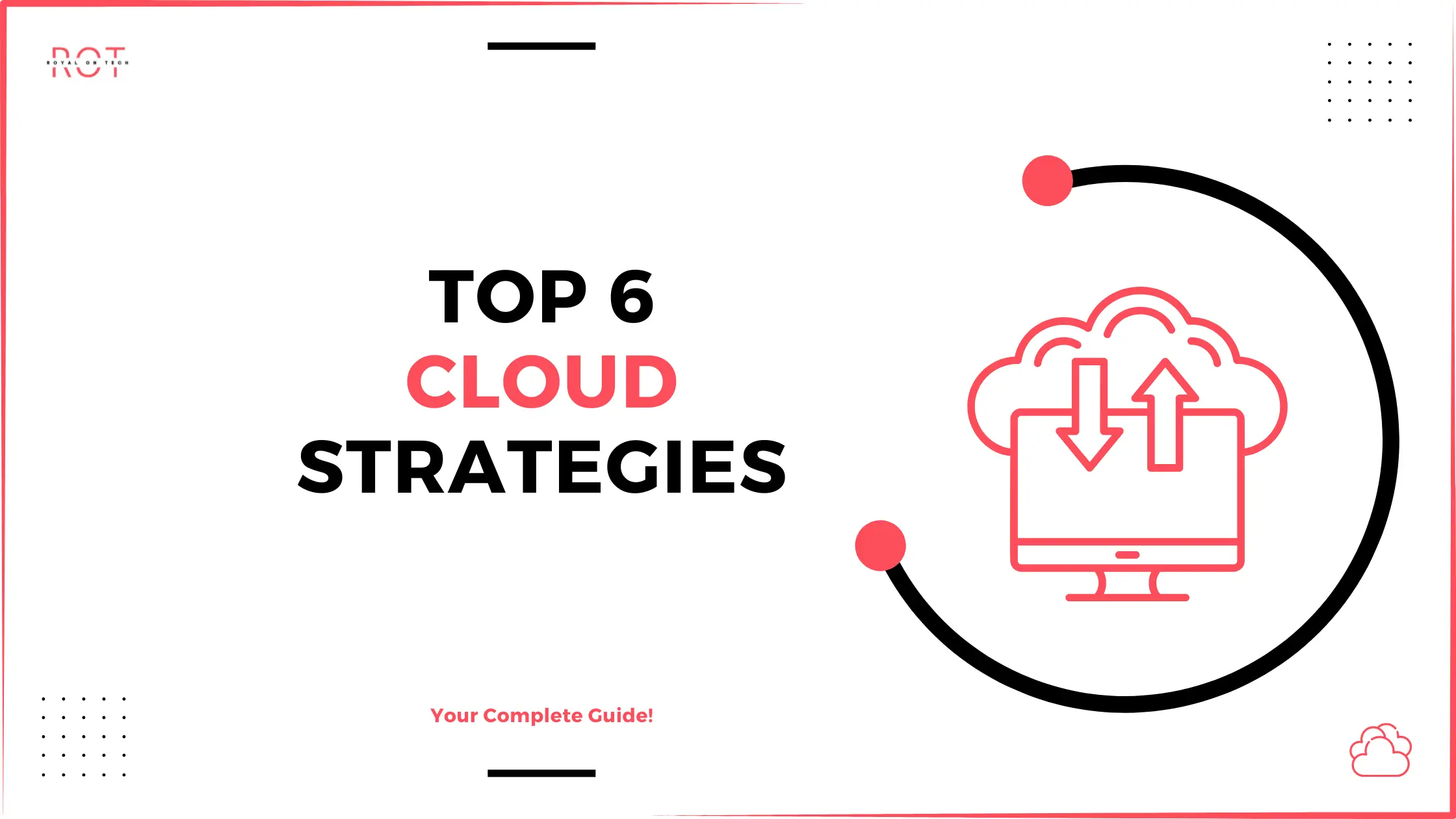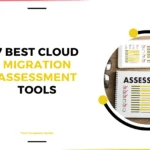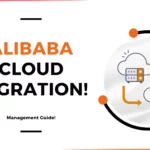For More Info!

Top 6 Factors to Consider When Choosing a Cloud Strategy
Choosing a cloud strategy requires careful consideration of various factors tailored to organizational needs. Here’s a detailed exploration of the key considerations:
Assessment of Workloads and Infrastructure
Selecting a cloud strategy begins with a thorough assessment of existing workloads, databases, network architecture, SLAs, and storage requirements.
This introspective process enables organizations to align current and future workload plans with the diverse services offered by public cloud providers.
As the range of cloud services expands, enterprises increasingly adopt multiple cloud providers to leverage each provider’s strengths, whether in functionality or cost efficiency.
Multi-Cloud and Hybrid Approaches
In adopting a multi-cloud strategy, it’s crucial to integrate other enterprise IT components effectively.
For instance, in a hybrid approach, critical resources like database servers, authentication systems, and management tools typically reside on-premises alongside cloud deployments.
Conversely, a pure multi-cloud strategy necessitates thoughtful consideration of where these resources will be hosted while ensuring seamless connectivity across enterprise-wide operations.
Strategic Planning Steps
Gartner recommends a structured six-step approach to building an effective cloud strategy:
- Cloud-First and Multi-Cloud Adoption: Embracing a cloud-first mentality involves aligning business goals with technology evolution across the organization. It does not imply an immediate shift of all workloads to the cloud but rather a strategic approach based on application suitability and readiness for migration.
- Continuous Workload Assessment: Cloud provider offerings evolve rapidly, affecting workload suitability. Regular assessment ensures optimal provider selection based on current capabilities and pricing models, possibly migrating workloads to new providers or adapting to private cloud solutions for cost efficiency.
- Long-Term Planning: Cloud migration is a continuous journey requiring ongoing skill acquisition and adaptation to provider differences. Enterprises should plan for multi-year migration efforts with annual reassessment to align with evolving business and technological landscapes.
- Governance and Management: Managing a multi-cloud environment requires robust governance frameworks to monitor and regulate cloud service consumption effectively. Centralized management enables enterprises to oversee their hybrid IT landscape comprehensively, meeting regulatory obligations and optimizing resource utilization.
- Tool Selection Strategy: Adopting a unified tool strategy across multiple clouds streamlines management complexities. For example, Kubernetes facilitates orchestration across different cloud environments, enhancing operational efficiency and reducing IT overhead.
- Holistic Cloud Integration: Beyond IaaS and PaaS platforms, evaluating SaaS solutions for application hosting offers flexibility and cost advantages. Regular evaluation of cloud computing needs helps in refining overall cloud strategies, including refactoring legacy applications for modern cloud-native environments.
Conclusion
Effective cloud strategy hinges on aligning business objectives with technological capabilities across multi-cloud and hybrid environments.
By embracing a structured approach to assessment, planning, and management, enterprises can leverage cloud services optimally to drive innovation, efficiency, and competitive advantage.




